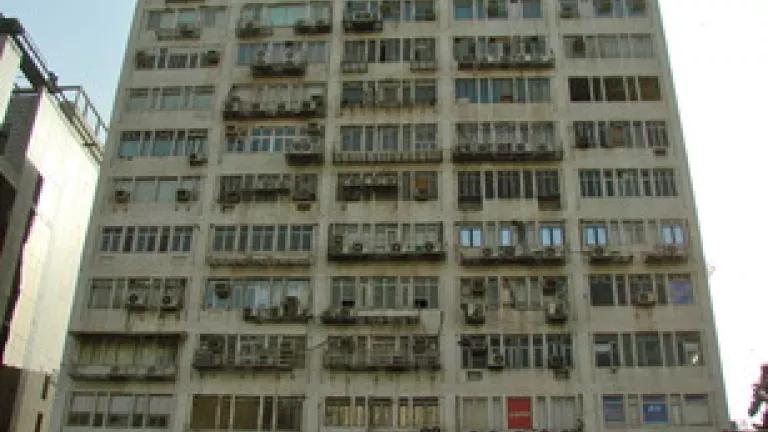
Leaders around the world, including my colleague David Doniger, recently met in Bangkok for the mid-year meeting of the Montreal Protocol to discuss, among other things, phasing down the “super greenhouse gases” known as hydrofluorocarbons, or HFCs. The Montreal Protocol is a strong example of global cooperation to overcome environmental challenges. We need to see increased leadership from all countries on the HFC phase-down, especially from India given its growing global prominence and because air-conditioner use is rapidly increasing as incomes go up.
“HFC emissions have the potential to become very large and at least partly offset the climate benefits of the Montreal Protocol” according to an UNEP report. HFCs are growing rapidly as substitutes for chlorofluorocarbons (CFCs) already phased out and hydrochlorofluorocarbons (HCFCs), now being phased out by the Montreal Protocol. HFCs do not deplete ozone, but they are highly potent greenhouse gases. Their warming effect is thousands of times higher, pound for pound, than carbon dioxide.
Leading countries have proposed since 2009 to phase down HFCs under the Montreal Protocol. One proposal comes from Micronesia and another from the U.S., Canada, and Mexico. Last year, 108 countries – a majority of nations – endorsed these proposals. India and China, however, blocked them, along with Brazil.
Once again this year in Bangkok, the same three countries have blocked global progress on an HFC phase down. They argue that HFCs can be curbed only under the climate treaties. Supporters of the HFC proposals insist that the Montreal treaty is responsible for assuring the safety of replacement chemicals. Comparing the successful Montreal Protocol with the barely-functioning climate agreements, the scales favor bringing HFCs within the ambit of Montreal Protocol.
Outside the negotiating room, greater momentum for a phase down of HFCs is coming from real world energy concerns. With a booming economy, increasing disposable income and already high temperatures possibly made worse by climate change, the consumption of refrigerants is rapidly increasing in India. Air conditioners account for a staggering 40% to 60% share of peak electricity demand during the summer months in many Indian cities.
HFC consumption and emissions in developing countries is projected to be as much as eight times greater than in developed countries by 2050. Leading air conditioning companies are exploring shifts away from HFCs, however, to maintain their international competitive market share. India could motivate its industry to participate and lead this technological innovation process by supporting phasing down HFCs under the Montreal Protocol. It made some progress in that direction by setting up a joint Indo-US technical task force to look into the alternatives for replacing HFCs last year.
India plays an essential role in an orderly shift from HFCs to reduce these extremely potent greenhouse gases while maintaining momentum as a clean technology leader.
Co-Authored by Ankur Garg, NRDC Speth Fellow; Photo credit: Meredith Connolly